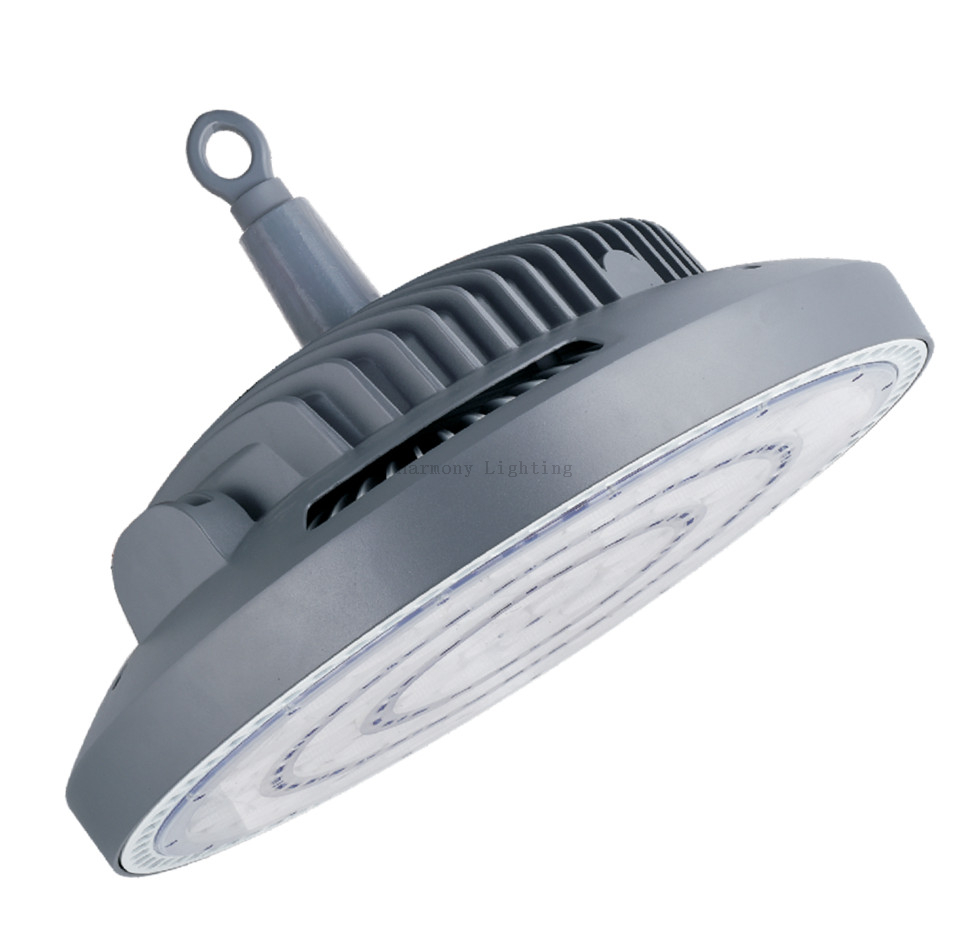

Under natural conditions, especially at the tops of canopies, direct sunlight can be very intense and thus oversaturate the photosynthetic mechanism in C 4 plants. Recent data from 408 sorghum cultivars shows that breeding efforts over the last few decades have developed high-yielding sorghum cultivars with considerable variability in heat resilience and even the most heat-tolerant sorghum cultivars did not offer much resilience to warming temperatures, with a temperature threshold of 33 ☌, beyond which sorghum yields start to decline 8. Photosynthesis in maize leaves is inhibited at leaf temperatures above 38 ☌. As the mean global temperature continues to increase, maize yields are estimated to decrease between 4% and 12% for an increase of each degree Celsius 7. However, C 4 crops experience more frequent, damaging high light or high temperature stresses in their natural environments than C 3 crops, with reduced C 4 crop yield regularly occurring in warmer regions 7. C 4 plants typically exhibit higher photosynthetic and water-use efficiencies than their C 3 counterparts under high light or high temperature 6. C 4 photosynthesis is hypothesized to have been selected by low CO 2, high light (HL), and high temperature (HT) conditions 4, 5.

The high local concentration of CO 2 near Rubisco favors carbon fixation over photorespiration, which is initiated by the oxygenase activity of Rubisco 1, 3. C 4 photosynthesis concentrates CO 2 around Rubisco (ribulose-1,5-bisphosphate carboxylase/oxygenase) by employing biochemical reactions within mesophyll (M) and bundle sheath (BS) cells 1, 2. Several of the world’s most economically important staple crops utilize C 4 photosynthesis, including Zea mays and Sorghum bicolor. viridis, reveal different acclimation strategies to these two stresses in C 4 plants, discover unique light/temperature responses in C 4 plants in comparison to C 3 plants, and identify potential targets to improve abiotic stress tolerance in C 4 crops. We provide a systematic analysis of high light and high temperature responses in S.


Although we observed a comparable reduction of photosynthetic efficiency in high light or high temperature treated leaves, detailed analysis of multi-level responses revealed important differences in key pathways and M/BS specificity responding to high light and high temperature. We investigated how the C 4 model plant Setaria viridis responded to a four-hour high light or high temperature treatment at photosynthetic, transcriptomic, and ultrastructural levels. However, the mechanisms underlying these stress responses in C 4 plants have been under-explored, especially the coordination between mesophyll (M) and bundle sheath (BS) cells. Ru Zhang ORCID: /0000-0002-4860-7800 1Ĭommunications Biology volume 4, Article number: 1092 ( 2021)Ĭ 4 plants frequently experience high light and high temperature conditions in the field, which reduce growth and yield.High light and temperature reduce photosynthetic efficiency through different mechanisms in the C 4 model Setaria viridis


 0 kommentar(er)
0 kommentar(er)
